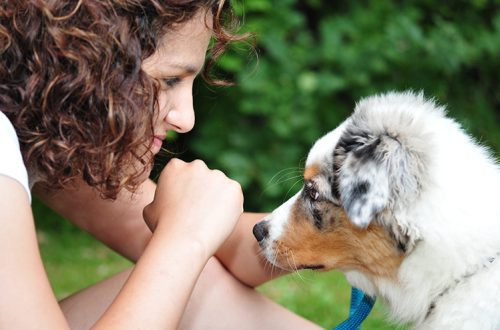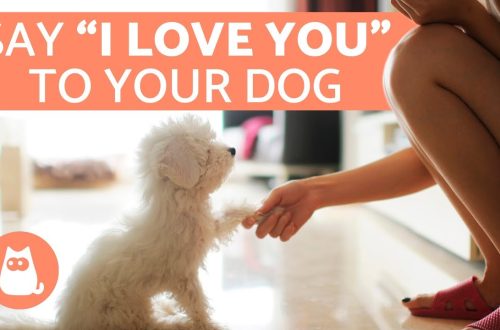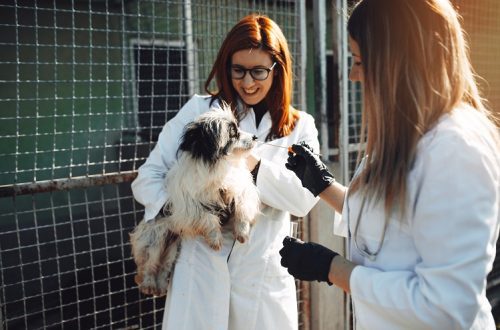
10 steps to successful dog training
How to properly train a dog and teach it basic commands? But before you go directly to training and training, think that you have a creature of a different kind, with a different way of communicating. The most important thing is to learn to understand it.
The key to any successful upbringing and training is a properly built relationship between the owner and the pet. If at first glance it seems that there is nothing complicated in this, then in practice dogs often demonstrate impenetrable stubbornness and stubbornly refuse to obey. The fact is that some pets are easier to adapt to our living conditions, while others have to be trained with the help of special exercises.
It is very important to teach the dog in a timely manner how it should behave in various life situations. Otherwise, you run the risk of raising an ill-mannered pet that will upset both you and those around you with its behavior.
10 rules for raising and training dogs
- Teach your dog to calmly walk through doors. Many dogs are very happy about the upcoming walk and start jumping and fussing during the training camp. It may even seem to the dog that she deserved the walk just by such behavior. But due to strong excitement, she may begin to bark at oncoming people and relatives. It is important to teach your pet to wait patiently while you are going and to go through the door when given permission.
Teach your dog to be calm when you eat. Many dogs beg for food out of curiosity, not because they’re hungry. It’s not so scary if a pet hypnotizes you with a look. But it is really unpleasant if he starts barking and scratching you with his paw. Think about where the dog could lie during your meal. Use the treat as a reward and teach her to behave properly.
Games are an important part of interacting with your pet, but don’t overdo them. Don’t play too violently with excitable dogs. If you are too emotional, it will be difficult for the dog to keep within reasonable limits. Also, don’t get too carried away with playing ball. Some dogs get overly excited after repeatedly chasing a toy. Alternate these games with training sessions. Try different search games with your pet.
Get your dog used to your daily routine. D At the same time, consider the dog’s need for rest. She needs more sleep than a human. If the pet is active, praise or even encourage him when he behaves calmly.
Always be consistent in your requirements. Discuss with family members what behavior is acceptable and what is not. It will be difficult for a dog if someone praises and someone scolds for the same behavior. Or if today you can climb on the bed, but tomorrow you can’t.
No brute force. Physical punishment does not guarantee that the dog will not exhibit problematic behavior in the future. But the dog’s trust will be undermined. If it seems to you that after the punishment the dog realized his guilt, you are mistaken. Remember, there is no “guilty” dog. This is just human interpretation. What people take to look guilty are actually signals of submission and reconciliation.
Learn the language of dogs. Dogs communicate mostly through posture and facial expressions. A dog cannot learn to speak our language. Therefore, we, as more developed beings, should learn to understand them.
Familiarize yourself with modern techniques in training. The need to be a “leader” or methods based on jerks are a thing of the past.
Be sure to teach your dog at least basic obedience commands. Be demanding not only to the dog, but also to yourself. Approach your work responsibly. Remember that dogs need mental stimulation even after mastering the basic skills. If you don’t have time for training, you can keep your dog busy with an educational toy. These toys can be made by yourself or found in pet stores.
Last but not least, love your dog and take good care of it. Without attention and approval, even the most gifted and talented pet will not be able to reveal their qualities.





